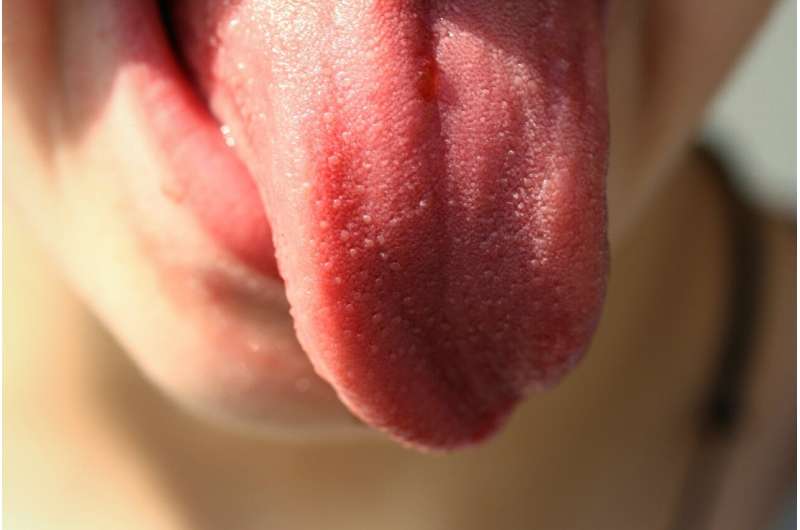
To be able to experience a wide range of impulses, our senses use “logarithmic perception”: A large increase in the impulse only leads to a small increase in what our brain perceives. A group of researchers from the University of Amsterdam, Unilever, and Wageningen University & Research now shows that this effect does not only hold for our ears and eyes, but also for the perceived thickness of liquid foods.
Our capacities to appreciate the intensity of sound, light, or textures, are crucial for our interaction with the physical world around us. To allow us to experience a wide range of sound or light intensities, our senses soften the intensity of such stimuli when they are strong, and strengthen them when they are weak. However, the precise way in which the intensity of stimuli is related to their perceived strength is still a subject of debate among scientists.
Logarithmic perception
For sound, for example, we can hear very soft noises and resist very loud ones. What this boils down to mathematically is that the scale of perception is a so-called logarithmic scale. The research team has now shown that the perceived “thickness” of liquid food products also depends logarithmically on the stimulus, just like the perception we receive from our eyes and ears.
The physics of the way substances flow is called rheology. The researchers modeled the swallowing process and compared the rheology of various liquid bouillons to their subjective perception, obtained from tasting by a panel. In this way, they found that a product which was physically ten times thicker was only perceived as two times ‘thicker.”
Source: Read Full Article